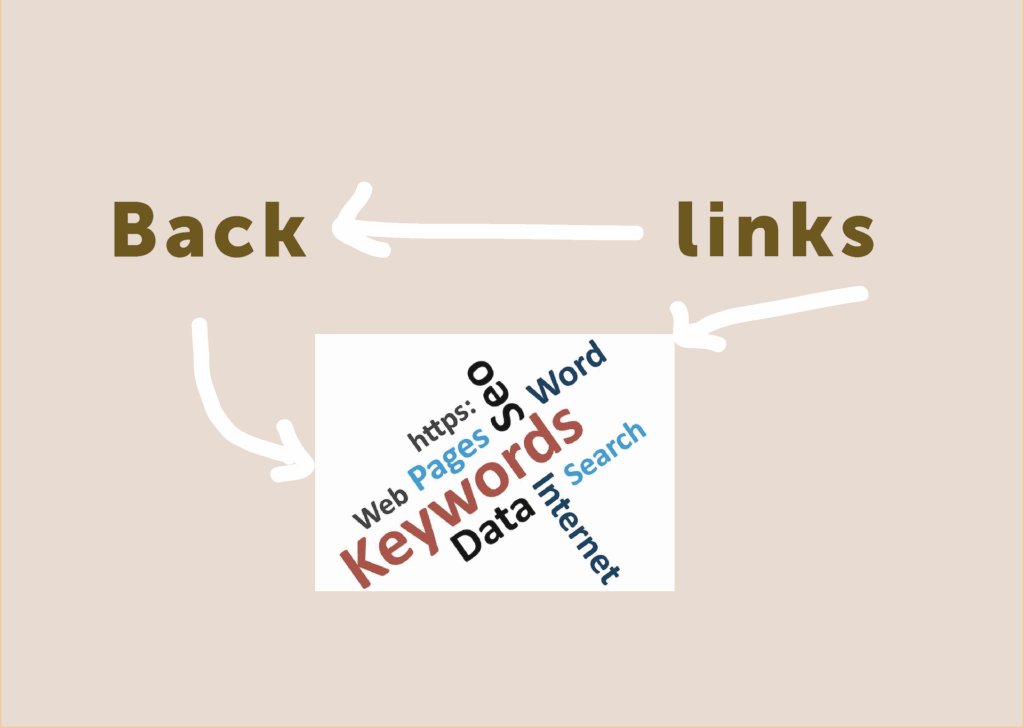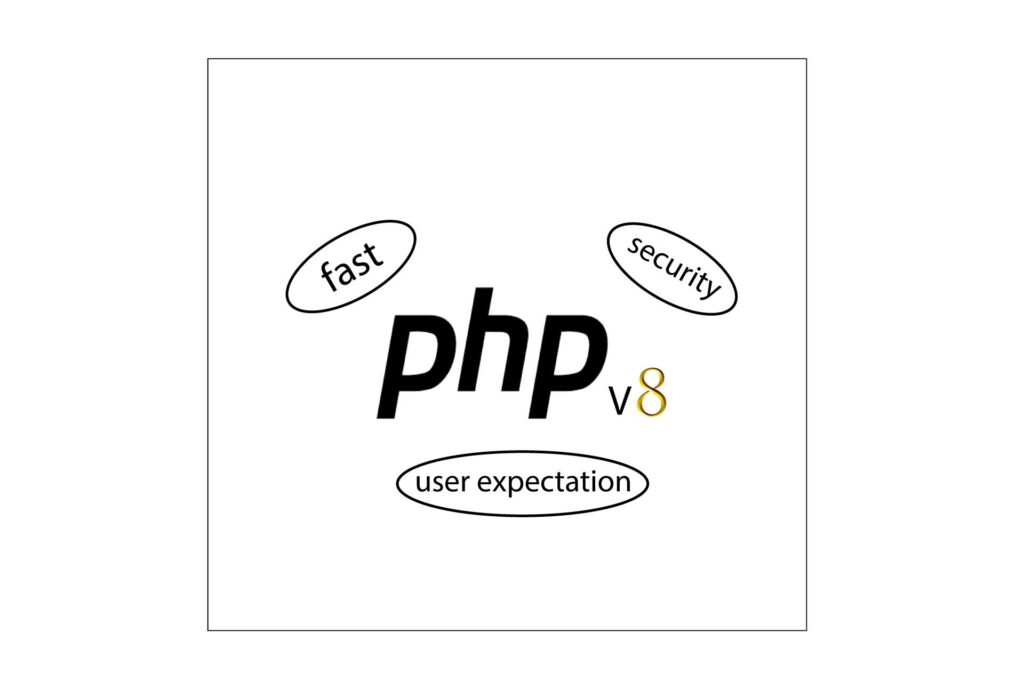News
Consent Mode Version 2
Consent Mode Version 2 is required for setup by EU businesses.
SME Awards 2023
Our 3rd Award, PPC Services Company of the Year 2023. Thank you!
PHP
Server-Side Scripting Language (PHP) PHP stands for "Hypertext Preprocessor" and is a popular server-side language used in web development.
ChatGPT
The digital landscape has witnessed remarkable transformations in the way content is generated, consumed, and shared through the use of ChatGPT.
AI – Artificial Intelligence
Artificial Intelligence (AI) has emerged as one of the most transformative technologies of our time.






